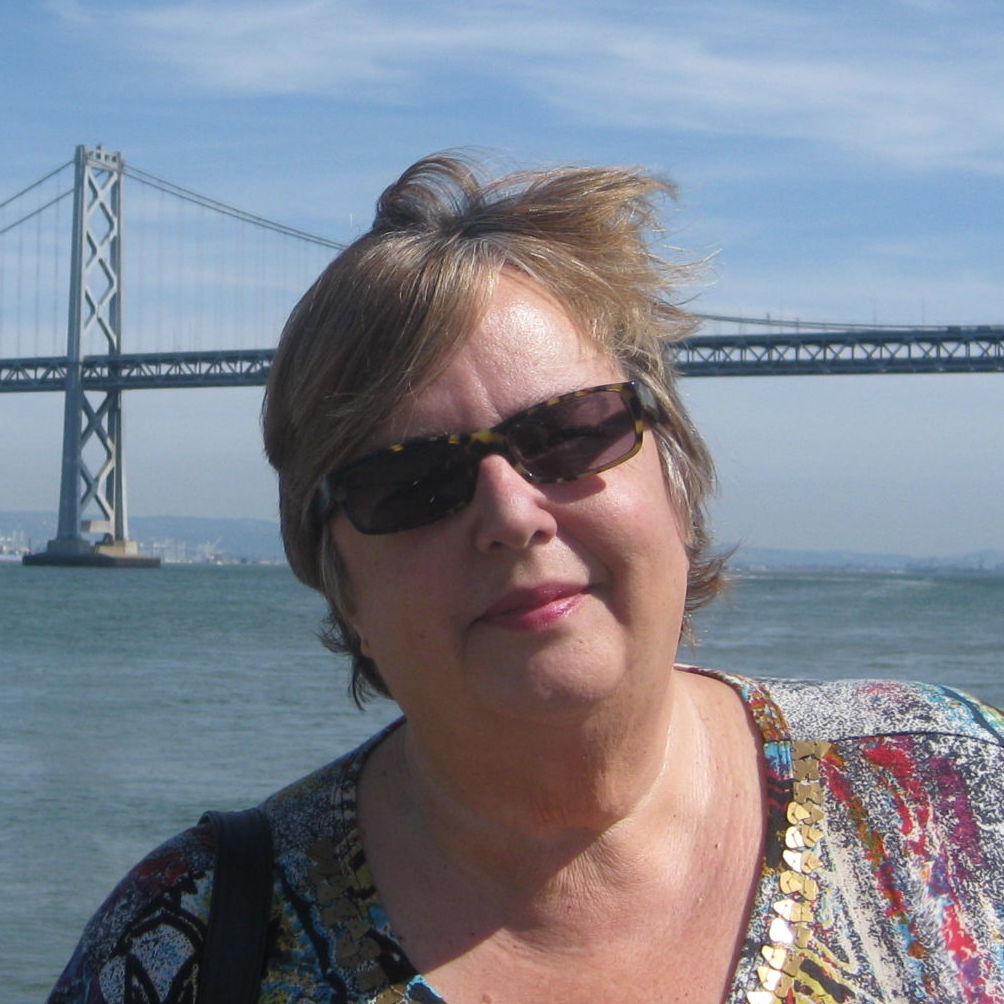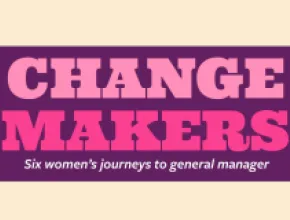When it comes to budgeting, there’s something even more crucial than dollars and cents for meeting planners to consider. It’s time. Even if a planner is a whiz at negotiating great deals with hotels and venues, keeping the workload under control can be a much bigger challenge.
Here are some tips from productivity experts on how meeting planners can optimize their most precious commodity—their time.
Set up a selective alert system for e-mail.
What’s the biggest time-waster of all these days? For many, it’s dealing with the mountains of messages that come in constantly, signaled by a nonstop barrage of alerts emanating from smartphones, tablets and computers.
“We’re checking our phones an average of a hundred times a day, so it’s little wonder that we can’t get anything done,” says Laura Stack, president of The Productivity Pro and author of What To Do When There’s Too Much To Do. “There’s an addictiveness in it. We need to stop being the servants of technology and make it work for us.”
Ron Rosenberg, president of Quality Talk and a frequent speaker on productivity issues, recommends turning off the alert signals and checking e-mail just once or twice a day if possible.
“Put up an auto-responder that lets people know that you are only checking your e-mail at certain times,” he says. “You can also say that if it’s something that can’t wait, here’s an e-mail address that automatically rings our phone. No one will use that.”
Instead of doing away with alerts entirely, Stack recommends setting up a selective system that only signals when incoming messages are being received from select sources.
“Make sure that if you get interrupted, it’s worth it,” she says. “The majority of e-mails are not important enough to be checking all the time.”
Make effective use of the e-mail subject line and signature.
When it comes to e-mail messages that will save time for both the sender and the recipient, the subject line and the signature are critical aspects, according to productivity trainer Peggy Duncan, founder of the Digital Breakthroughs Institute.
PageBreak
“It’s very important that the subject lines match what’s in the e-mail, otherwise both you and the sender will waste time searching for it should you need to refer to it later,” she says.
Duncan, who frequently gives presentations on e-mail best practices, says an e-mail signature can be devised in a such a way to save time as well.
“The e-mail signature can be a lot more than just your contact information—it can also contain things like directions to your office or the answers to other questions that you get asked all the time,” she says.
Equally important is to realize when a phone call will be more efficient.
“When you’re trying to resolve a complex issue and the e-mails keep flying back and forth, everyone just gets more confused,” Duncan explains. “Then it’s time to cut to the chase and pick up the phone.”
Outsource and automate.
Meeting planners need to understand what their core competencies are—what it is that they do better than others, or that no one else can do—and concentrate on those areas, Rosenberg says.
“If something is not one of your core competencies, then you need to stop doing it,” he explains. “You should either eliminate, automate or outsource it. For instance, in my business, we choose to outsource our website management and webinars.”
Duncan recommends that planners take a look at how tech tools can automate routine tasks and create more efficiency. However, these tools only work if users get the training required to use them well, she adds.
“By taking time to make the most of technology, including those tools you already have, you save time in the long run,” she says. “Don’t be too busy to learn how not to be too busy.”
Duncan also recommends that planners take a look at recurring situations and develop a systemized procedure for dealing with them.
“If you handle an annual meeting, document what was done and use it to figure out what can be streamlined or eliminated,” she says. “If there is no documented process, you’re always starting from scratch.”
PageBreak
Michelle Dolieslager, program manager for the Society for Human Resource Management, also finds that approach crucial. Her responsibilities include engaging up to 300 presenters for her association’s annual convention.
“All of our forms are consistent with every conference we do, so we just need to change the dates and locations,” she says. “I believe in typing just once.”
By looking at past conference history, Dolieslager is able to identify the questions that arise from speakers each year. In a series of logistic letters sent to speakers, she addresses such issues as attendee demographics, presentation guidelines, expense reimbursement policies and other areas.
“If we didn’t do this, we would be answering questions from individual speakers all the time,” she says. “We keep track of what speakers want to know every year, and update the templates if this changes.”
Stop multitasking.
While many people think they can have a phone conversation and write an email at the same time, it’s not really true, according to Stack, who says it’s better to tackle one task at a time.
“Do not think you can split your conscious mind in half—one thing will suffer at the expense of the other,” she says. “Multitasking is a code word for not getting things done.”
Chart your daily energy levels.
Another key to efficiency is being mindful of when energy levels are at their highest or lowest, according to Stack. The time of day when energy is high should be when the most important tasks are handled, while easier tasks should be done when energy is at a low ebb, she says.
“If you are a morning person, then that is when you should zoom in on your most important tasks,” she says. “If your energy is low, it will take you much longer to get a task done. Productivity is all about taking advantage of your prime time.”
Write it down.
When you think of something that needs to be done, write it down in either a notebook or electronic device, Stack advises. “Many of us jump at a shiny new idea and do it right away, dropping whatever we’re working on,” she says.
“Don’t listen to your brain. Instead, just write it down—so you can remind yourself about it later—and move on.”







